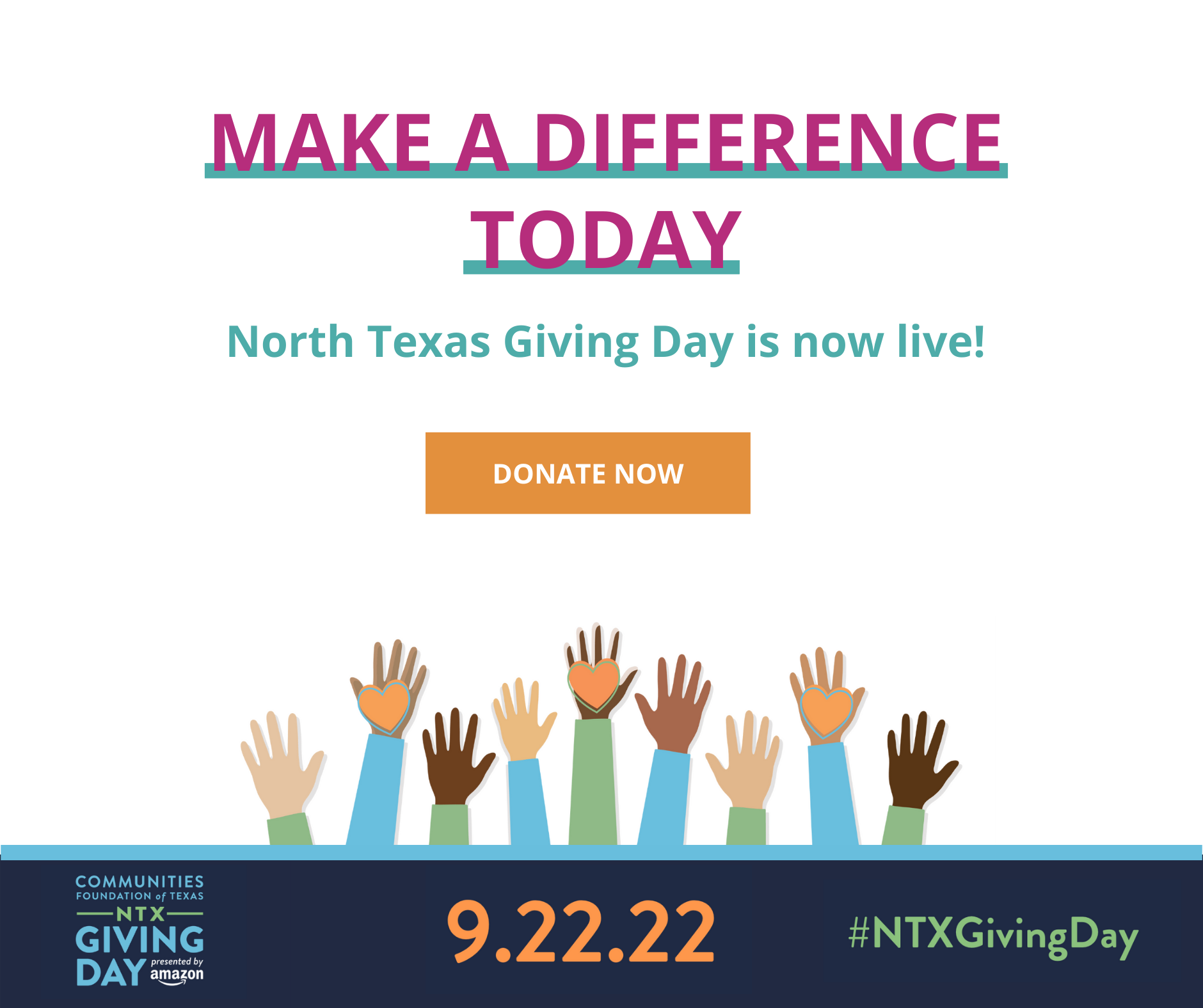CHILD PROTECTION POLICY – NEW AND NOTEWORTHY
The Moment is Now: Children’s Bureau August/September Newsletter: Vol. 21, No. 6 (Department of Health & Human Services, Administration for Children and Families, Children’s Bureau)
This edition of the Children’s Bureau Express newsletter “is a call to action across public, private, philanthropic, and faith-based sectors to chart a different course to strengthen families through primary prevention and create a more just and equitable system focused on child and family well-being. It is a consensus statement that stresses how we must all value and invest in families and communities.” The newsletter highlights equity issues across elements of the child welfare system, from foster care environments to family courts and the justice system.

TexProtects Takeaway: We stand with the authors of this brief in demanding that we do more to demonstrate our commitment to families – especially families of color. The escalating costs and bleak outcomes of our child welfare system make clear that we must do more. The cost of inaction is too high.
Kids’ Share 2020: Report on Federal Expenditures on Children through 2019 and Future Projections (Urban Institute)
“To inform policymakers, children’s advocates, and the general public about how public funds are spent on children, this 14th edition of the annual Kids’ Share report provides an updated analysis of federal expenditures on children from 1960 to 2019. This year’s Kids’ Share report also provides a baseline view of public expenditures before the COVID-19 pandemic.”

TexProtects Takeaway: Only 9% of the federal budget is spent on children and that is expected to decline to 73% over the next decade. Our increased understanding of the long term social and fiscal impacts of early life experiences should drive stronger investments in our children to ensure we are not faced with the same challenges tomorrow that we have today.
Supporting Families and Child Care Providers during the Pandemic with a Focus on Equity (Child Trends)
“The purpose of this brief is to explore the specific challenges that families and child care providers are facing, especially those who have been disproportionately impacted by COVID-19, and to offer potential strategies that state and local policymakers and administrators can pursue to address families’ and providers’ unique needs.”

TexProtects Takeaway: 40% of childcare centers have reported that, without support, they will be forced to close due to the pandemic. Lack of safe childcare options puts children at risk and impacts parents’ ability to work.
CHILD PROTECTION RESEARCH – NEW AND NOTEWORTHY
Biological Aging in Childhood and Adolescence Following Experiences of Threat and Deprivation: A Systematic Review and Meta-Analysis (Colich, N., Rosen, M., Williams, E., & McLaughlin, K.)
“This meta-analysis and systematic review suggests that biological aging following early life adversity, including earlier pubertal timing, advanced cellular aging, and accelerated thinning of the cortex, may be specific to children and adolescents who experienced violent or traumatic experiences early in childhood. No such effect was found for children who experienced deprivation or poverty in the absence of violence or trauma. These findings highlight a potential role of accelerated biological aging in health disparities associated with early life trauma, and a potential target for early interventions.”

TexProtects Takeaway: The evidence on the impact of adverse childhood experiences (ACEs) continues to grow. Child safety and well-being are critical for healthy futures. This upcoming legislative session, TexProtects will work with policymakers to draft legislation that would ensure Texas creates a strategic and evidence-informed approach to preventing and mitigating the effects of ACEs.
Improving Children’s Well-Being through Responsible Fatherhood Programs (OPRE, Healthy Marriage & Responsible Fatherhood – HMRF, Mathematica, & Public Strategies)
“Fathers’ parenting engagement (that is, the ways in which fathers interact with their children) is linked to many aspects of children’s well-being, from health outcomes to academic and social outcomes. However, nonresident fathers with low incomes often face barriers to being fully engaged.” This brief explores how responsible fatherhood programs might improve children’s well-being by supporting fathers’ parenting engagement.

TexProtects Takeaway: A strong father-child relationship is associated with fewer behavioral problems and decreased likelihood of smoking and dropping out of school later in life. Many HOPES sites around the state are implementing fatherhood programs as part of their comprehensive prevention work to ensure early relational health between children and all their caregivers. Connection matters.
Central Referral Systems Help Reduce Contributors to Family Toxic Stress (Chapin Hall at University of Chicago)
This brief describes an evaluation of the Help Me Grow system model, which includes a central referral system to orient families to the social services they need by phone, and outreach by staff to build community stakeholders’ understanding of child development and referral processes. “Through interviews with Help Me Grow staff members and pediatricians, and focus groups held with parents and community-based organizations, the study team investigated how these different stakeholders use Help Me Grow, and how these supports impact children’s developmental journeys.”

TexProtects Takeaway: Texas has six communities who are working to implement the Help Me Grow model and the Department of State Health Services is serving as the hub for this innovative work. With an integrated framework, these systems ensure families can access the right services at the right time and that stakeholders know more about the needs and capacity within their community.
Program Integrates Adverse Childhood Experiences (ACEs) Assessment into Primary Health Care; Connects Families with Services (Chapin Hall at The University of Chicago)
“Support, Connect, and Nurture (SCAN) is a program that integrates Family Development Specialist services and assessment of Adverse Childhood Experiences (ACEs) into health care provided to expectant parents and parents receiving routine health care in a Patient Centered Medical Home. The key goals of SCAN are patient education and influencing help-seeking behavior related to social determinants of health.” This brief highlights a recent longitudinal study of the SCAN intervention, including the experiences of adult patients and health clinic staff who took part in the intervention from 2015-2019.

TexProtects Takeaway: Texas healthcare providers could use the SCAN model to better reduce provider stress and facilitate conversations about trauma and resiliency with caregivers. A strategic plan on preventing and mitigating the effects of ACEs could include looking into programs like SCAN as part of a cross-sector approach to increase family well-being.
CHILD PROTECTION IN PRACTICE – NEW AND NOTEWORTHY
Connecting the Dots: A Resource Guide for Meeting the Needs of Expectant and Parenting Youth, their Children, and their Families (Center for the Study of Social Policy)
This resource guide, designed to support expectant and parenting youth in foster care (mothers and fathers), strives to: “1) provide a comprehensive set of resources for jurisdictions working to achieve safety, permanency, and well-being for these young families; 2) enhance knowledge of evidence-informed and promising practices that holistically address the developmental needs of expectant and parenting youth in foster care (EPY), their children, and families; and 3) build evidence for effective interventions that are informed by and specifically target EPY.”

TexProtects Takeaway: The Family First Prevention Services Act (FFPSA) makes available a federal match to provide pregnant and parenting foster youth with evidence-based substance use treatment, mental healthcare, and in-home parenting programs. Texas must capitalize on this opportunity to offer transformational services to survivors of abuse and neglect as they work to break the cycle and provide a safe home for their own children.
Recommendations for Trauma-Informed Care Under the Family First Prevention Services Act (National Child Traumatic Stress Network & Chapin Hall at University of Chicago)
This resource outlines “recommendations for how jurisdictions can understand Family First’s policy requirements for trauma-informed approaches and ensure that implementation of the law meets the trauma-related needs of children, youth, and families.”

TexProtects Takeaway: Given the prevalence of trauma in system-involved children and their families, child welfare staff must be well-trained in understanding and navigating trauma responses. Trauma informed strategies help build trust and engagement between staff and families ensuring better decisions and outcomes within the child protection system. FFPSA can help fund this kind of training, if Texas policymakers make it a priority.







